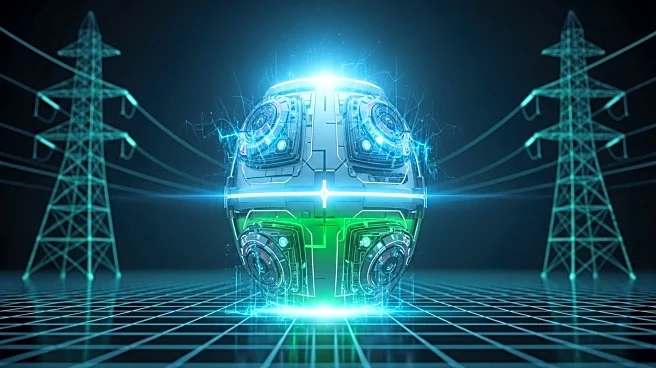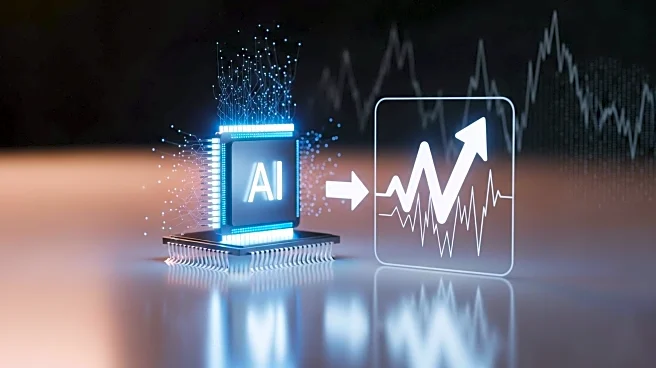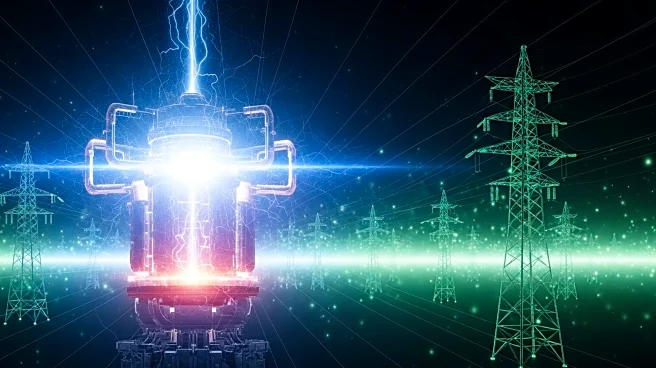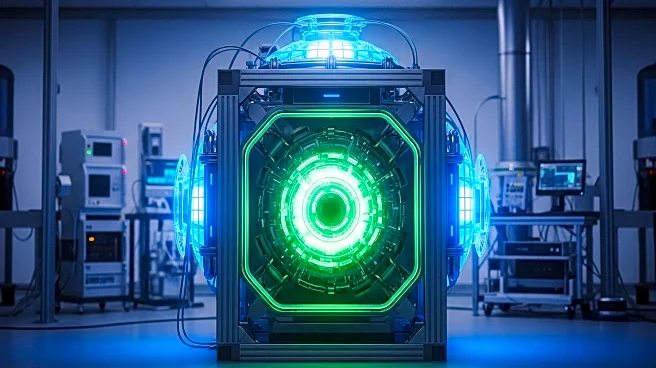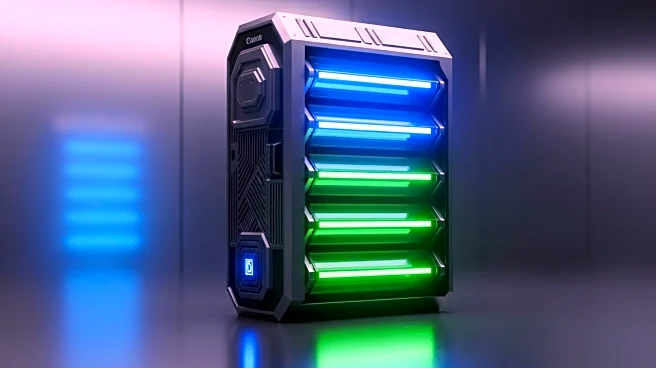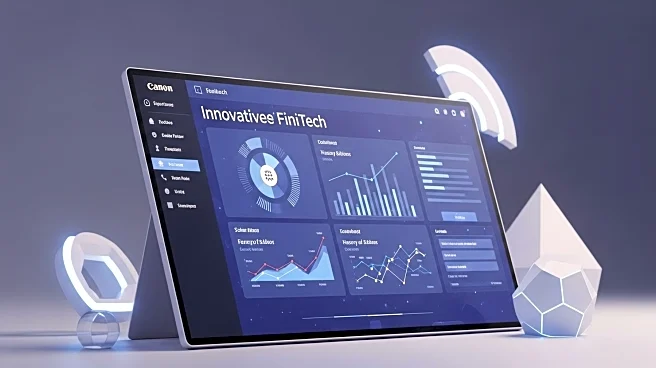What is the story about?
What's Happening?
The development and deployment of small modular reactors (SMRs) are gaining momentum as a solution to meet the increasing energy demands of data centers, industrial clusters, and electrification efforts. Governments in Europe and North America are investing billions in standardizing delivery models and enabling infrastructure for SMRs. With 127 designs in development and a global pipeline exceeding 22 GW, the focus is shifting from technology validation to commercial readiness. SMRs are seen as a viable option for providing reliable, non-intermittent power, especially for operations requiring 24/7 energy supply, such as data centers. The challenge lies in preparing the necessary infrastructure and regulatory frameworks to support rapid deployment.
Why It's Important?
The push for SMRs is significant as it addresses the growing energy needs driven by advancements in artificial intelligence, cloud computing, and industrial activities. By providing a reliable and carbon-free energy source, SMRs can help reduce dependency on traditional grid systems, which are under strain due to transmission limitations. This development is crucial for achieving decarbonization goals and enhancing energy resilience. The success of SMRs could lead to a shift in how energy is generated and consumed, potentially reducing transmission losses and improving efficiency. The investment in SMRs also represents a strategic move towards sustainable energy solutions, aligning with global efforts to combat climate change.
What's Next?
The future of SMRs depends on the ability to streamline regulatory processes and standardize infrastructure to facilitate quick deployment. In the U.S., efforts are underway to accelerate reactor development and reform permitting processes. The UK is also updating its infrastructure legislation to reduce legal risks and expedite approvals. The success of SMRs will require coordination among policymakers, industry leaders, and investors to ensure that site selection, permitting, and civil engineering are aligned. As more SMR projects move from planning to execution, the focus will be on maintaining investor confidence and ensuring delivery certainty.
Beyond the Headlines
The deployment of SMRs could have long-term implications for the energy sector, potentially leading to a more decentralized and resilient energy grid. The standardization of SMR infrastructure could pave the way for future innovations in nuclear energy, making it a more attractive option for private investment. Additionally, the integration of SMRs with existing industrial sites could revitalize brownfield areas, providing economic benefits and reducing environmental impacts. The success of SMRs could also influence global energy policies, encouraging other countries to adopt similar approaches to meet their energy needs sustainably.
AI Generated Content
Do you find this article useful?
